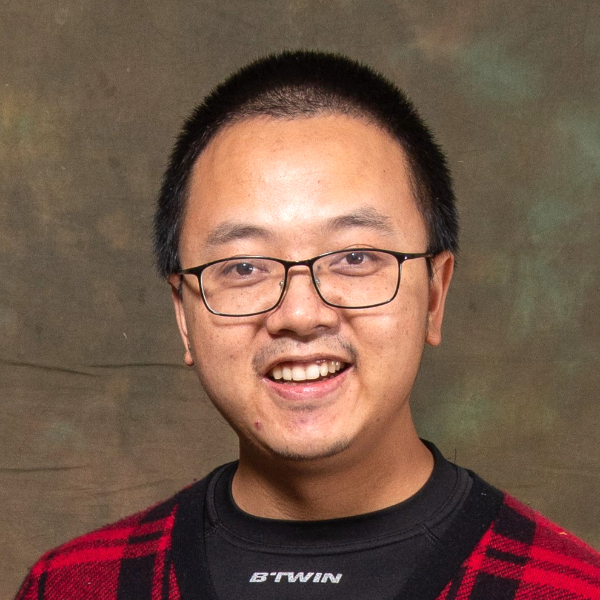Antireflection temporal coatings: comment
The quarter-wavelength matching technique is widely used because it minimizes the reflection while it maximizes the transmission. The recently introduced antireflection temporal coatings (ATCs) [Optica7, 323 (2020)10.1364/OPTICA.381175] have been considered as its temporal analog. However, our study shows that by introducing an ATC, not only will the reflection be reduced but also the transmission. This phenomenon is opposite its spatial counterpart, which indicates that ATCs are more than simply a temporal dual of quarter-wavelength matching. This is a direct consequence of the different physical phenomena that are manifested in the temporal and spatial domains. Read more Wending Mai,* Jingwei Xu,…
Continue reading...
